Why Winters Are Getting Warmer
You're not imagining it—winters are getting warmer Declines in snowfall will have consequences for life across the planet, from increased potential for wildfires to rising water insecurity.
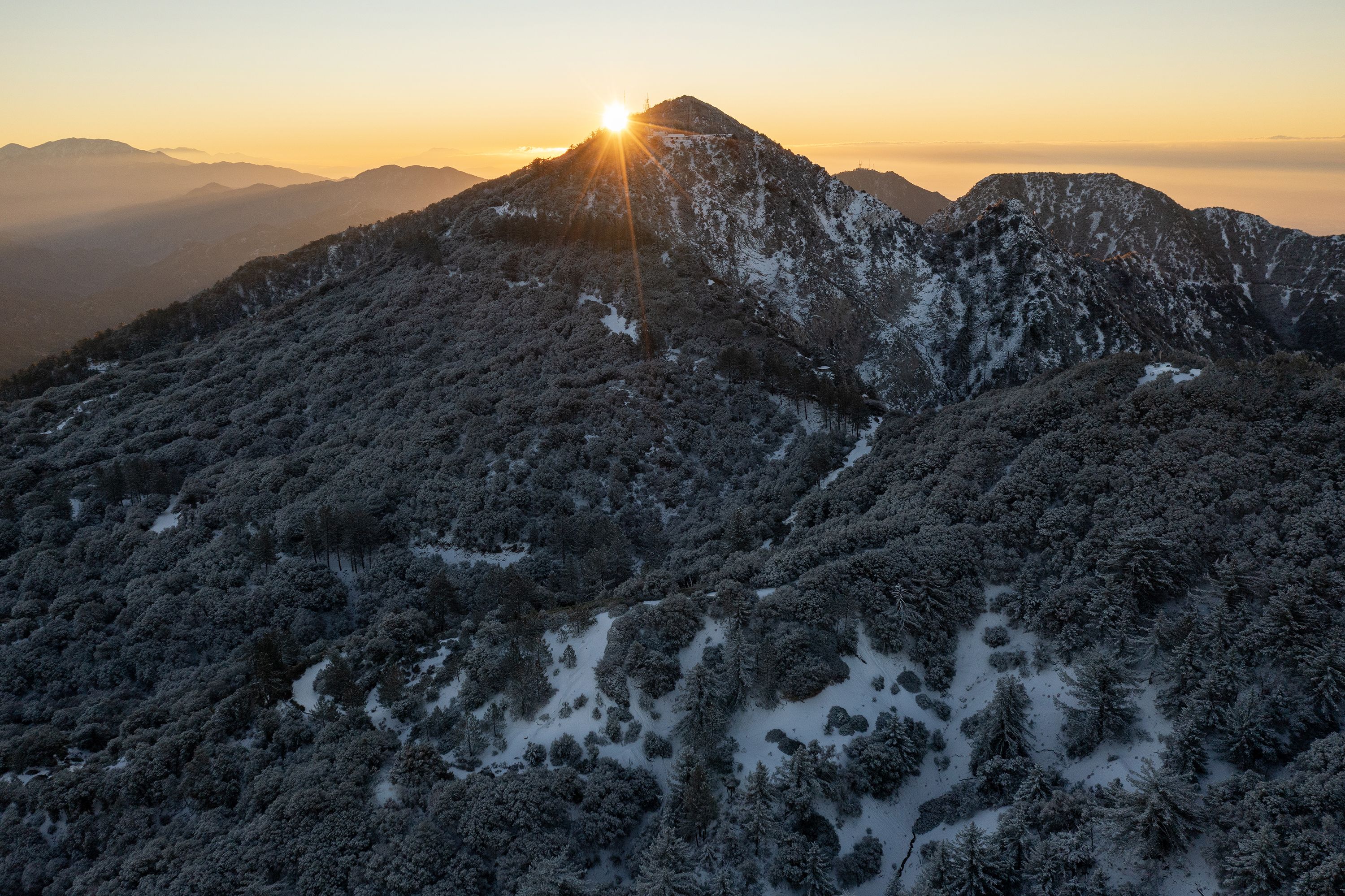
Winter might conjure thoughts of sledding and snowball fights. But this might not be the case for much longer. Throughout the U.S., record high temperatures made February feel like summer and offered a glimpse of what winters might look like more in the coming decades.
As the planet heats up, winter is warming faster than any other season in the U.S., and winter precipitation is more commonly falling as raindrops than snow.
This affects everything from the freshwater available in spring and summer to the risk of wildfires and survival of some species. Without major changes to curb climate change, the cost of adaptation will be phenomenal.
Less snowy winters
Increasing temperatures—2023 was the hottest year on record—are making winters balmy.
A new Nature study confirms climate change has shrunk the Northern Hemisphere’s snowpacks since the 1980s, while California’s first snow this season was only 7.5 inches: 25 percent of the historical average.
“Globally, snowfall events have been decreasing because temperatures are going up,” says Liz Bentley, chief executive at the Royal Meteorological Society.
A warmer world means the likelihood of snow decreases, and “you might have to go higher up a mountain to get snow than you would have done years ago,” she says.
If global emissions aren’t curbed, “a large portion of the world will have snow-free winters by 2100,” says Andrew Schwartz, lead scientist at UC Berkeley’s Central Sierra Snow Laboratory.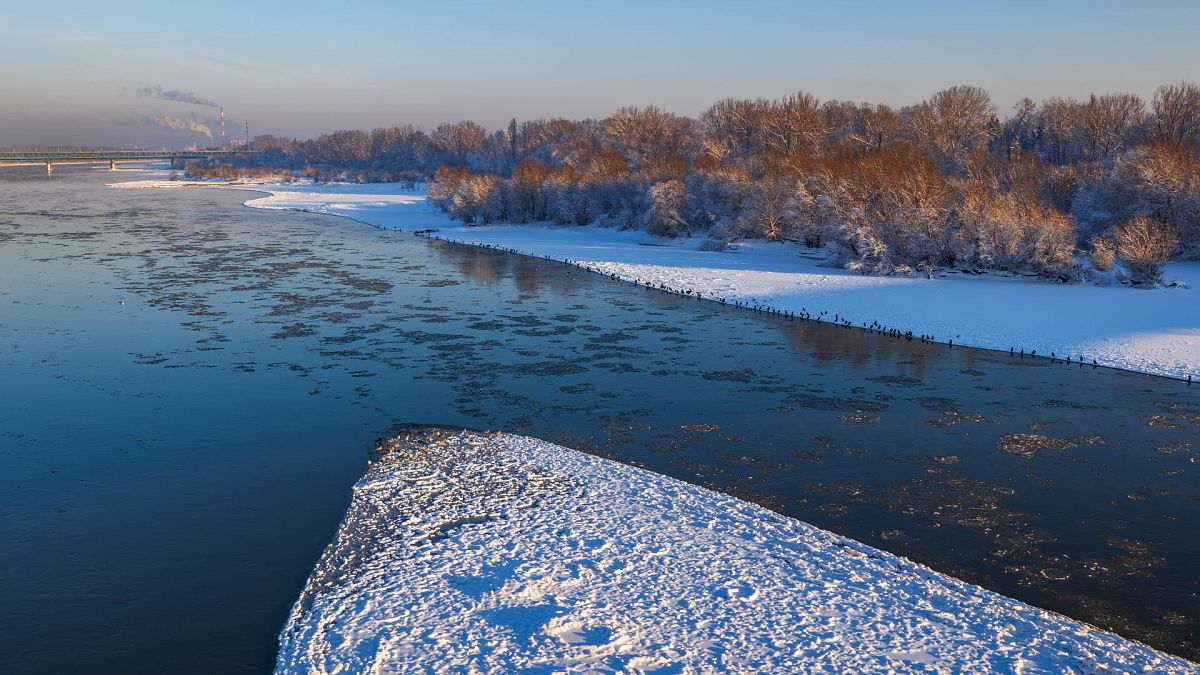
This decrease in snow could become a cause, and not just a symptom, of climate change. Darker, snow-free landscapes absorb more sunlight, further increasing warming.
More extreme conditions
To create snow, you need moisture and cold air, explains Schwartz. Climate change impacts both because the planet becomes hotter and has more moisture in its atmosphere.
“For every degree Celsius the atmosphere warms, it can hold seven percent more water vapor,” says Schwartz.
“The wet gets wetter and the dry gets drier,” creating large swings between extremes, says James Screen, climate scientist at University of Exeter.
Snowstorms will become less frequent, but when they do happen “we're going to be slammed with snowfall because the air is holding more moisture,” says Schwartz.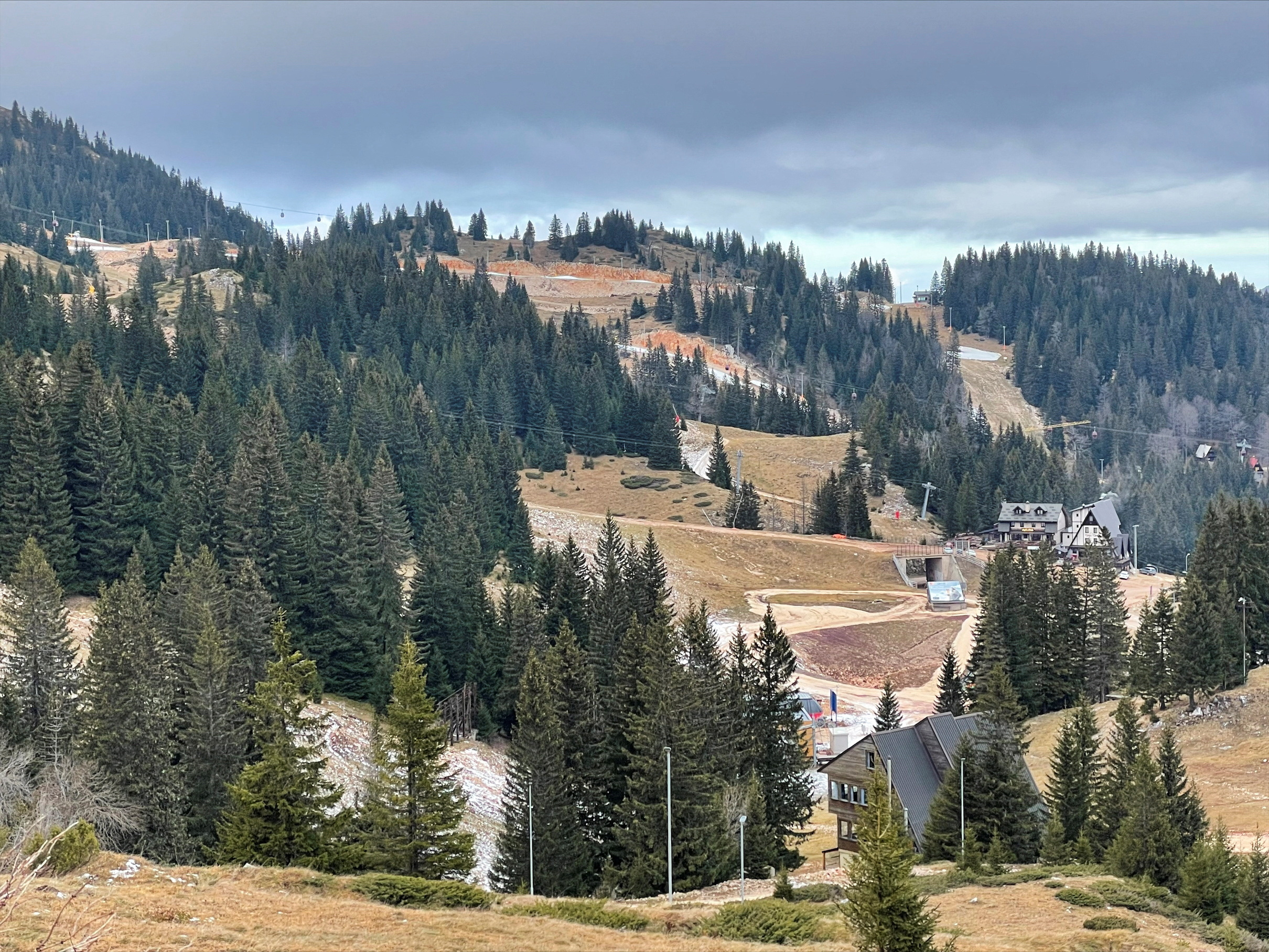
People might try to use these snow dumps as proof climate change isn't happening, says Schwartz, but “it's a symptom of the larger climate problem.”
Effects on wildlife
With precipitation falling as rain instead of snow, and then freezing, reindeer and caribou may struggle to graze on frozen ground.
Species with white coats for camouflage—like snowshoe hares and snowy owls—could be at higher risk of predation, while polar bears and Ussurian tube-nosed bats may have fewer options to build their snowy dens.
Not every species will be able to adapt or move to snowier climates, “so we’ll see the extinction of some animals,” says Bentley.
More severe wildfires
As air temperatures warm, trees release water into the atmosphere through a process called evapotranspiration. When there hasn’t been much snow, the soil can’t replace lost moisture, and forests experience more heat stress, making severe wildfires more likely.
“When a fire does spark, it runs away as fast as possible and burns as much area as it can,” says Schwartz.
Keeping the snowpack on the ground into early summer prevents this—Central Sierra Snow Lab’s biggest winter on record in 2022–23 was followed by a very small fire season.
Reduced water security
For humans, less snowfall is “problematic because [snow] supplies so much of our water,” says Schwartz. About 1.9 billion people rely on snowpacks and glaciers for drinking water.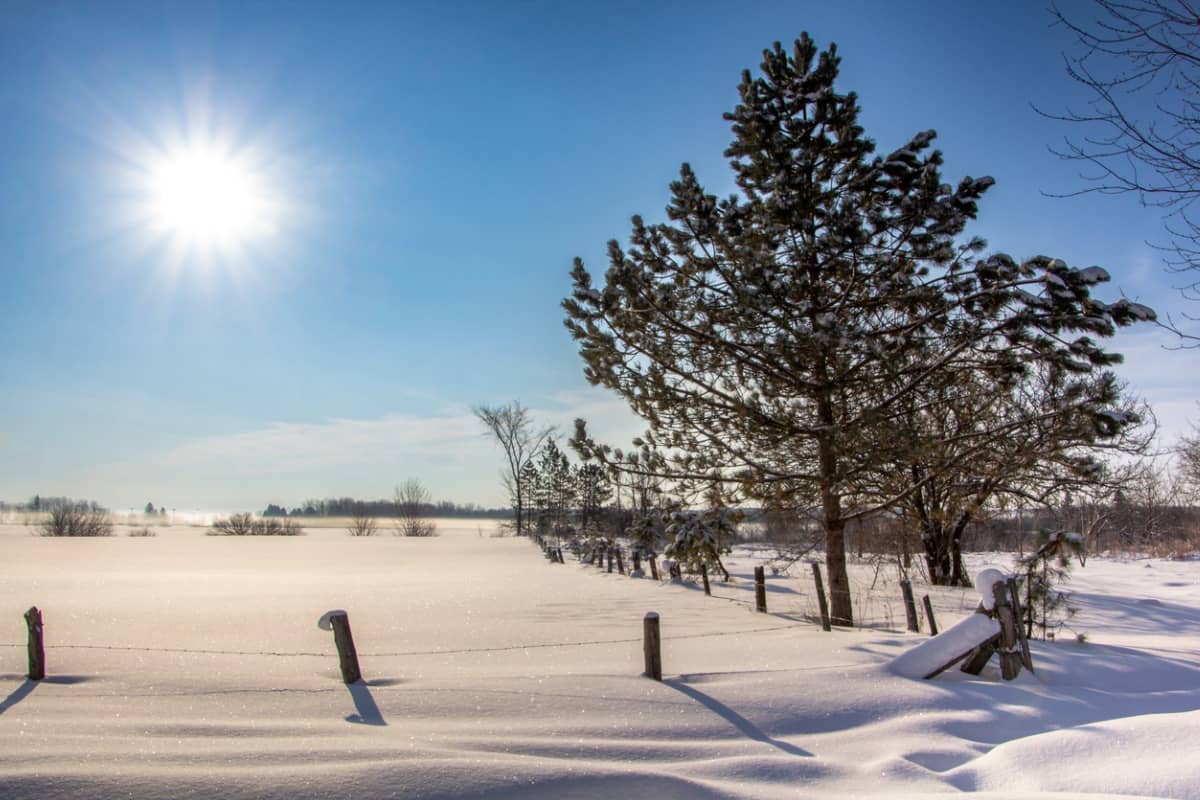
Snow on the mountains acts like a natural reservoir. As it slowly melts into streams, snow supplies water through spring and summer, whereas rain flows immediately downstream and can be wasted.
Infrastructure tends to be designed around water being stored as snow each winter. “It becomes lots more difficult to manage our water when we have these wild swings from year to year,” says Schwartz.
What might future winters look like?
“The jury's out,” says Bentley. Researchers can make predictions, but there are many uncertainties—particularly with irreversible climate tipping points—and it’s not possible to plan for everything.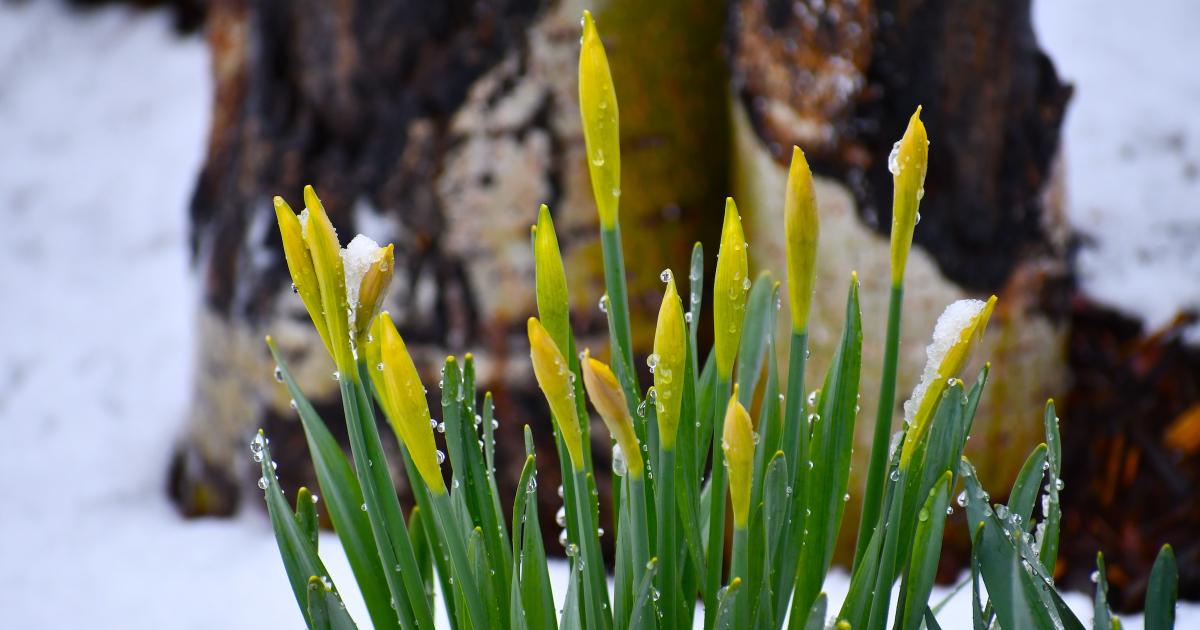
Less water will impact farmers and create a rift between those relying on agriculture for their livelihoods and communities who need this water to live. There could be mass migration, too. “If the water isn't there, people have to move to where it is,” says Schwartz.
It’s vital to measure and understand the effects of a reduced snowpack, says Schwartz, “to make sure we're managing every drop as accurately as possible.”
“You can't just magically create snow” on a massive scale, says Screen. Adaptations such as building desalination plants, preparing water systems for more rain, or artificially creating snow for ski resorts will be costly.
Ultimately, “we have to stop burning fossil fuels—gas, oil, and coal—and become much more reliant on sustainable energy, transport, food and ways of living,” says Bentley.
Notes Screen, “that's obvious but not necessarily easy.”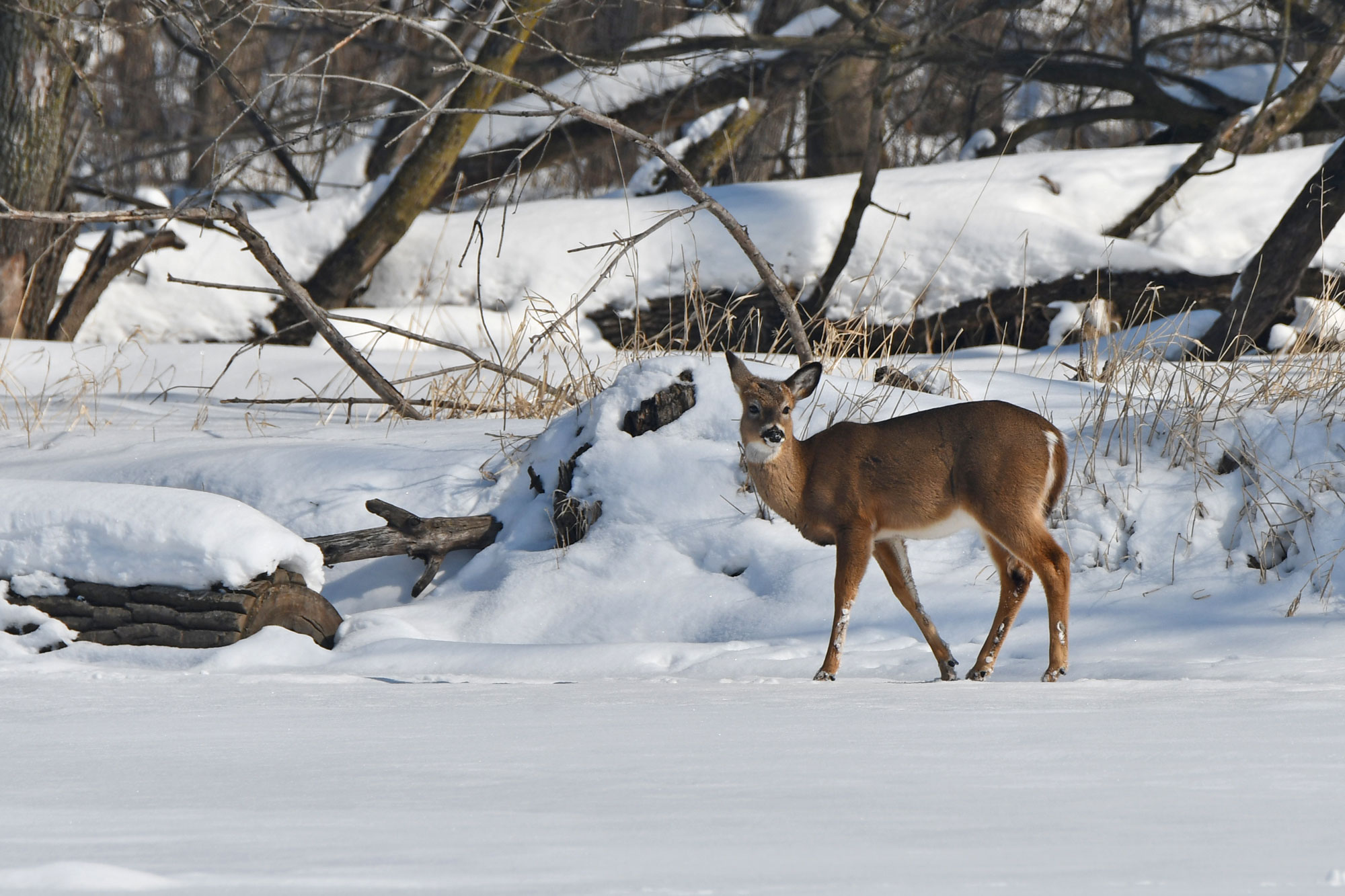
Source
https://abcnews.go.com/US/winter-warmer-means-future/story?id=97801342
https://www.cnn.com/2023/12/21/weather/us-winter-temperatures-climate-change/index.html
https://www.cbsnews.com/news/winter-getting-warmer/
https://www.npr.org/2020/02/18/803125282/how-warming-winters-are-affecting-everything
https://heatmap.news/guides/why-is-winter-warm-climate-change































